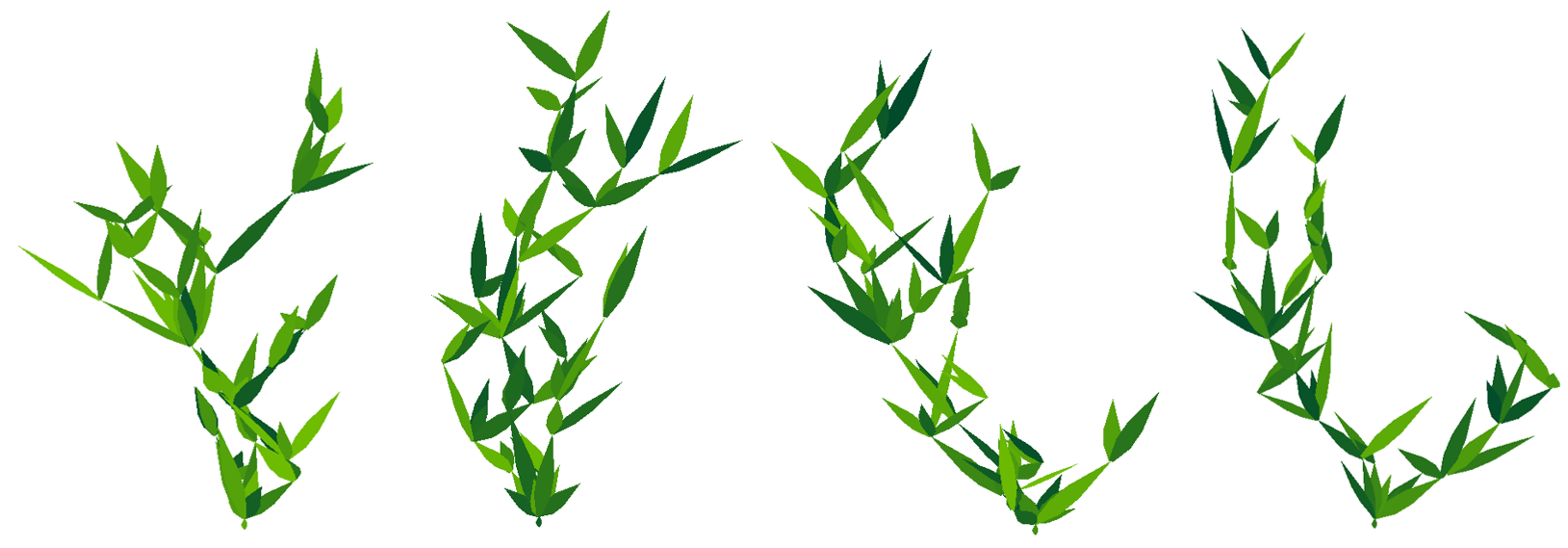Abstract
This dissertation explores L-systems and how they can be applied in video games. L-systems are a type of procedural generation, typically used to produce plants or other organic forms with hierarchical structure. Even though this is known and widely used, game developers rarely explore other potential implementations of such systems in video games. Essentially, L-systems are based on rewriting systems - which rely on a set of rules and rewriting of productions to produce fractal-like pattern. A classic example of that is a Koch Snowflake, which demonstrates intricate self-similar patterns that form an outline of a snowflake. Whist the outcome is aesthetically pleasing, there is more to it than meets the eye. Each system is comprised of an underlying pattern - usually a string of characters - which is closely related to Chomsky's formal language systems, and they can be used for any purpose. In other words, L-systems can be used to generate a tremendous variety of systems, for instance: poetry, division of cells, dungeon generation, plants, buildings and much more. Strictly speaking the potential is unlimited. The paper presents functional examples that can be used in video games and simulations. The overall purpose is to inform game design students and developers about the full potential of L-systems for content and environment generation.

Donwload my full dissertation here.
[zhan_dissertation.pdf]
